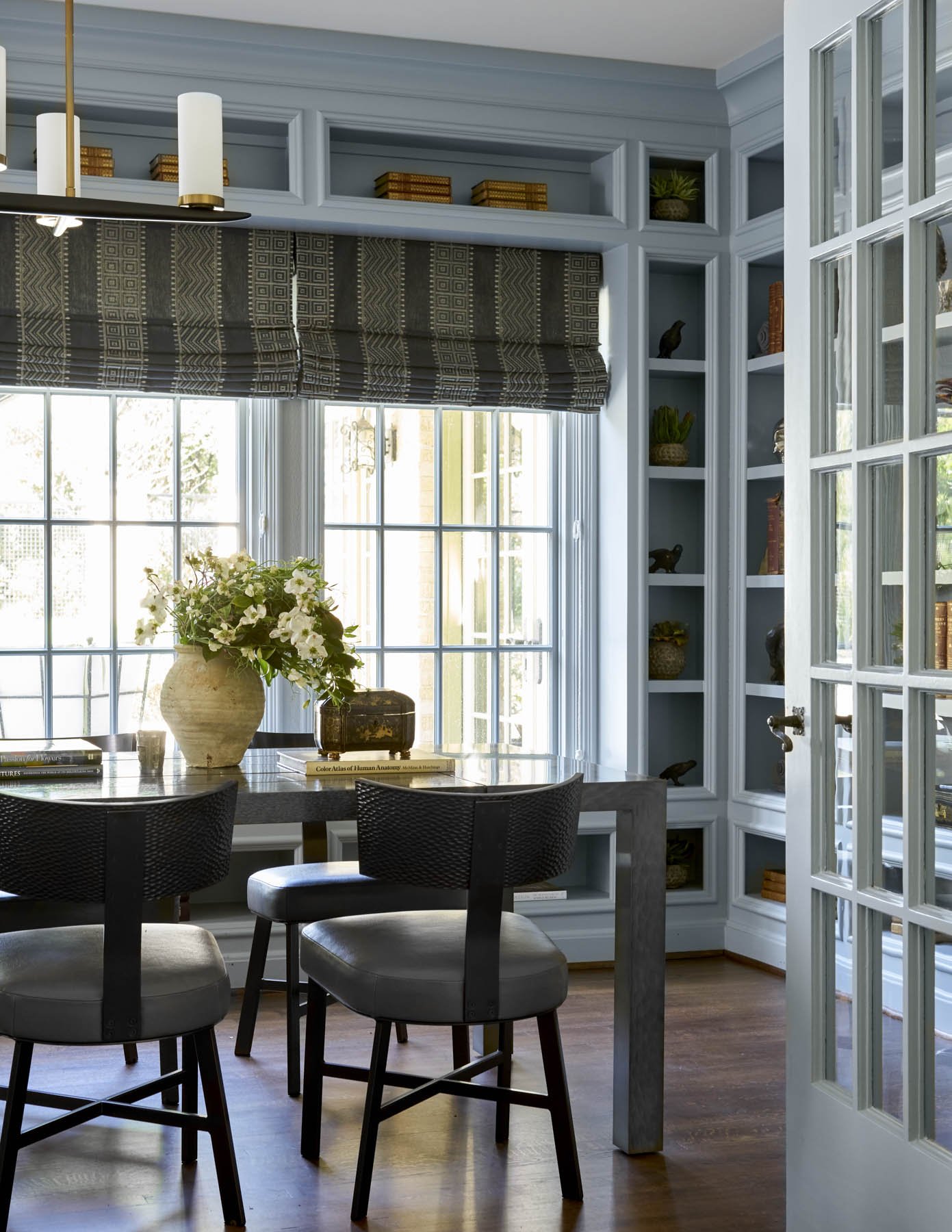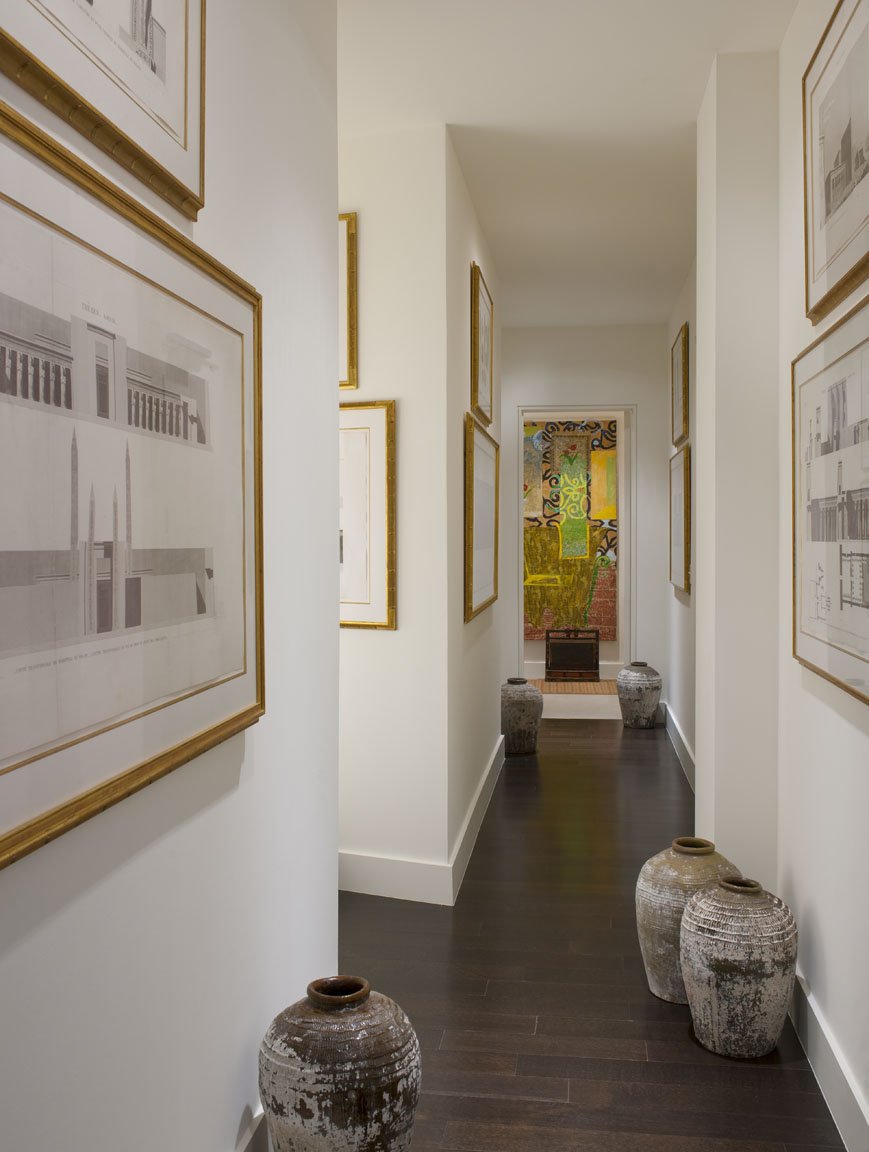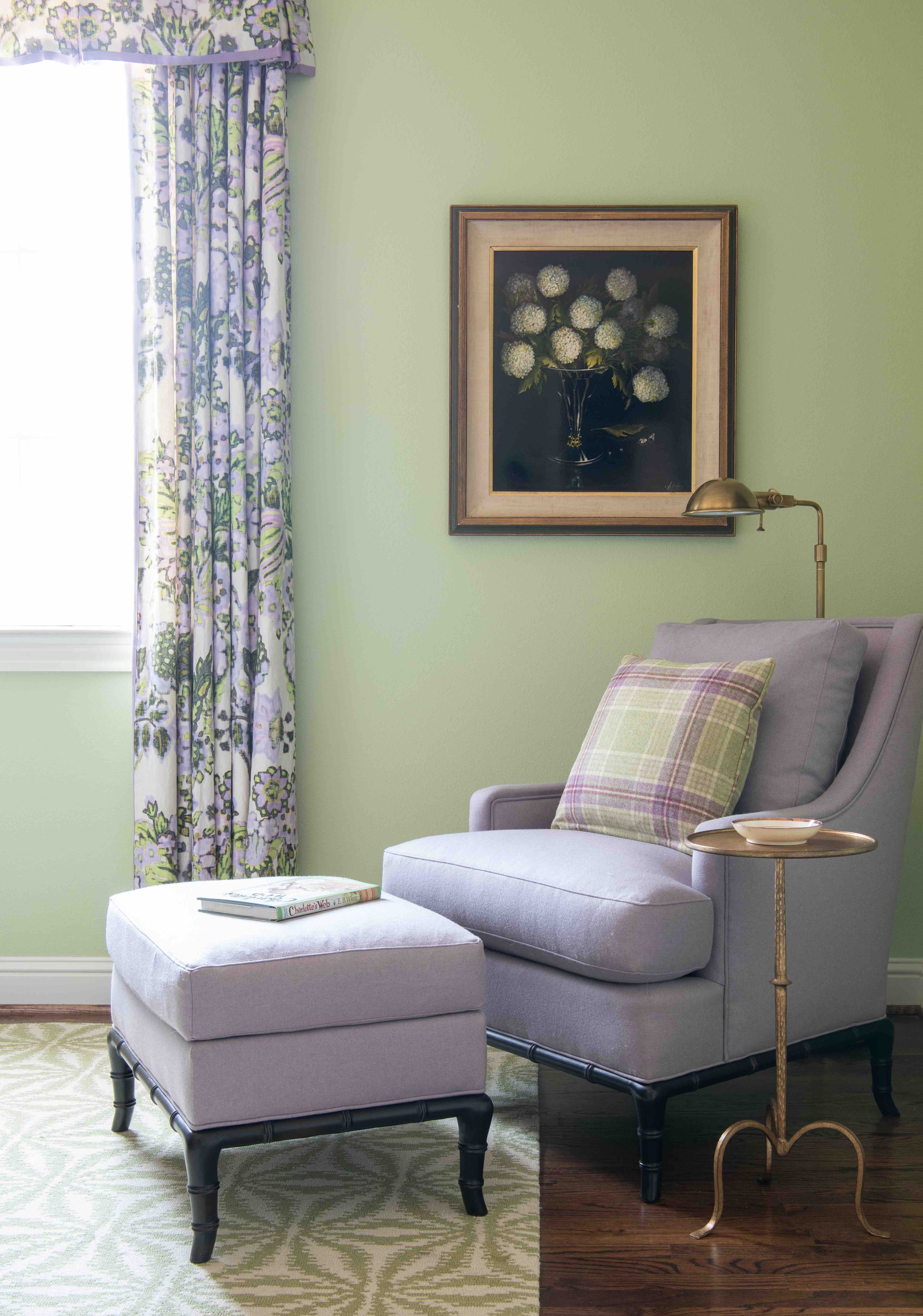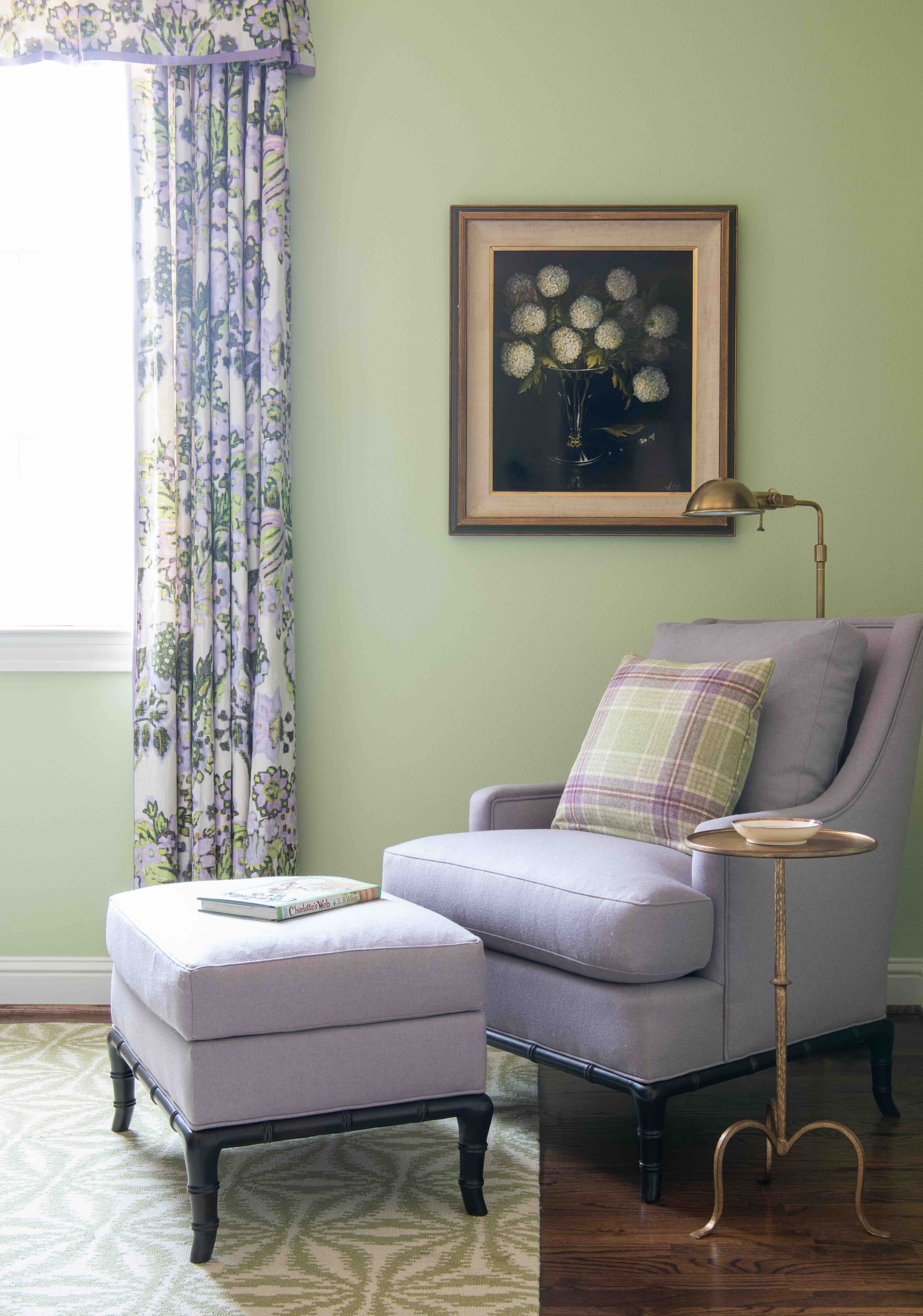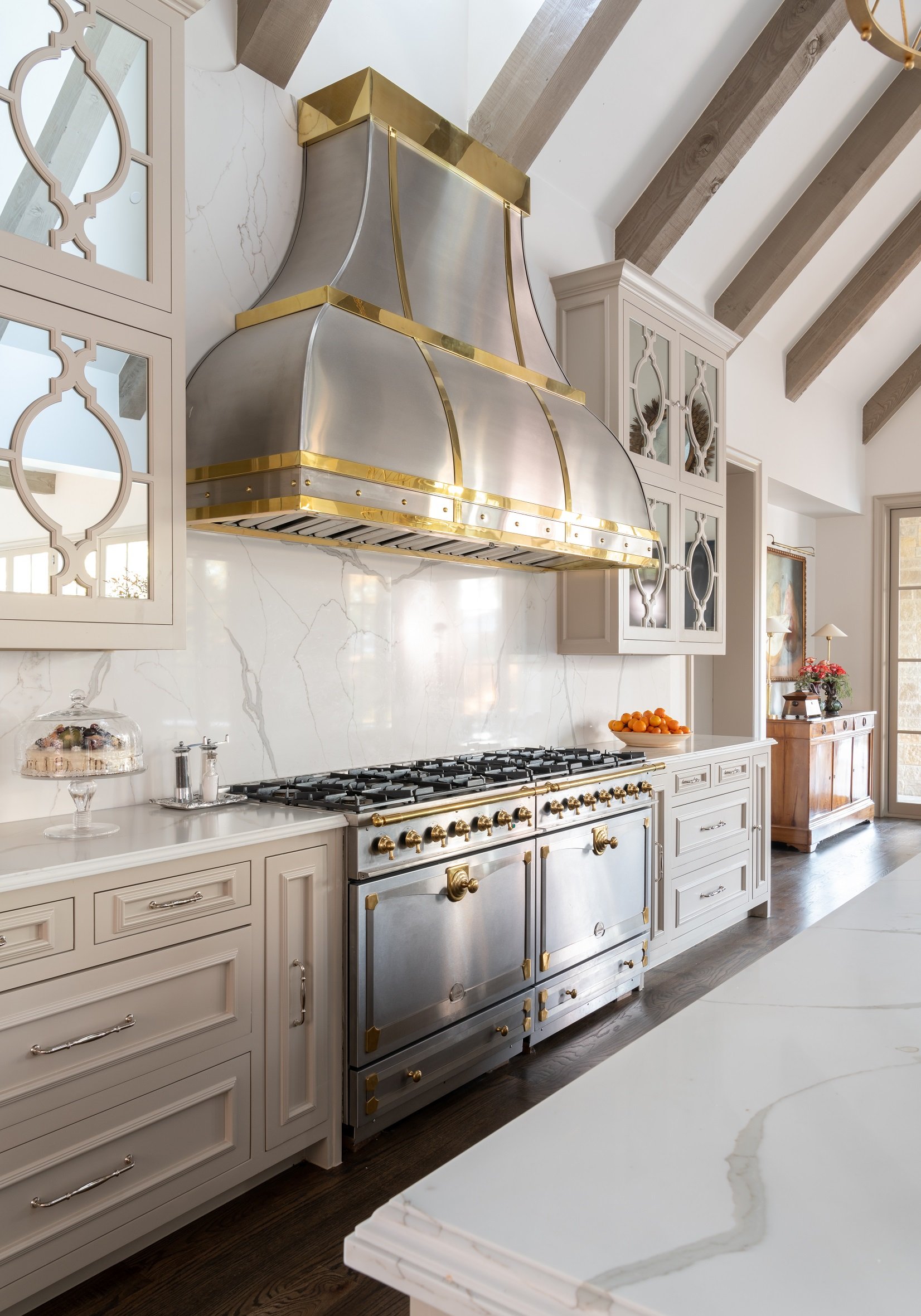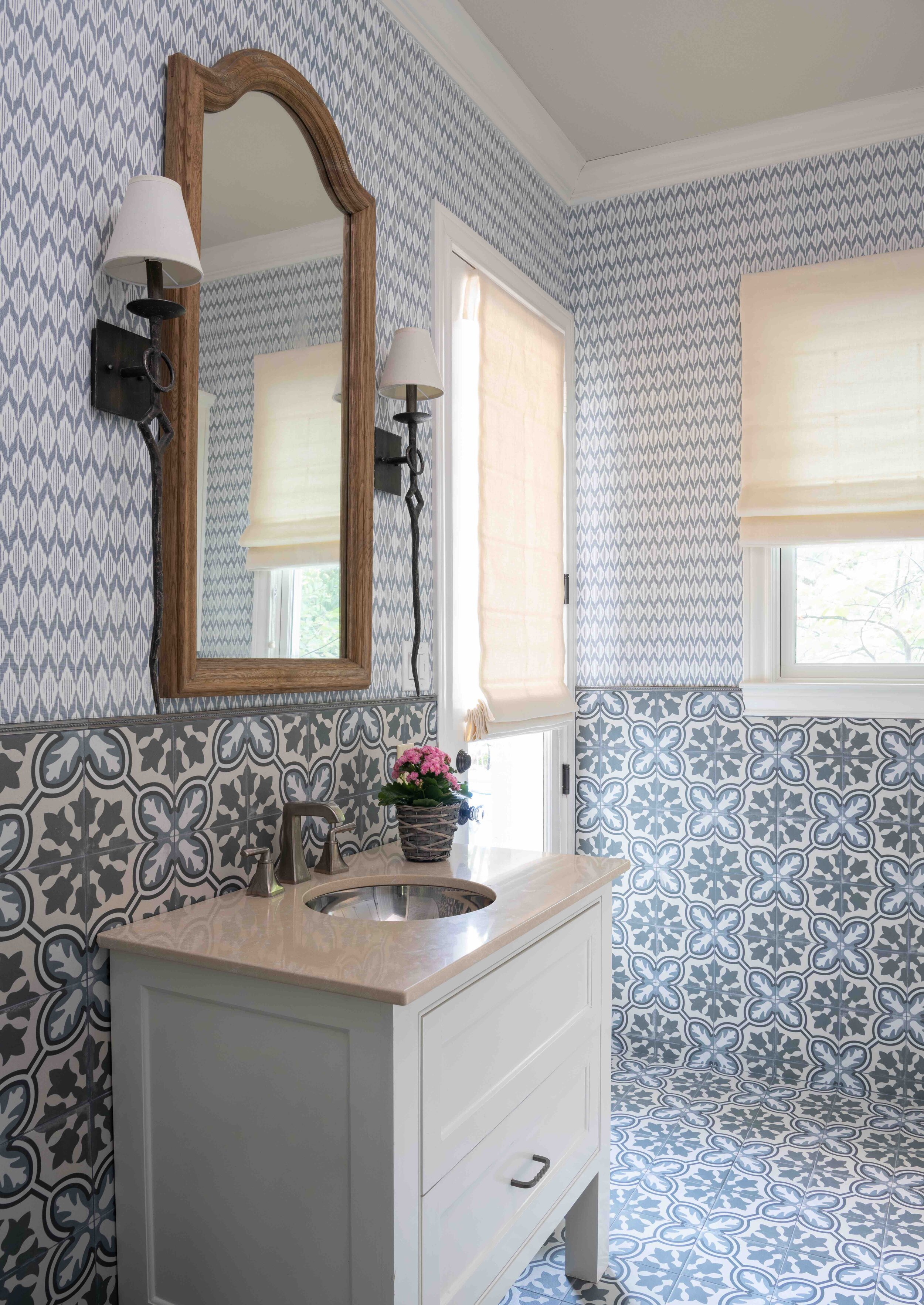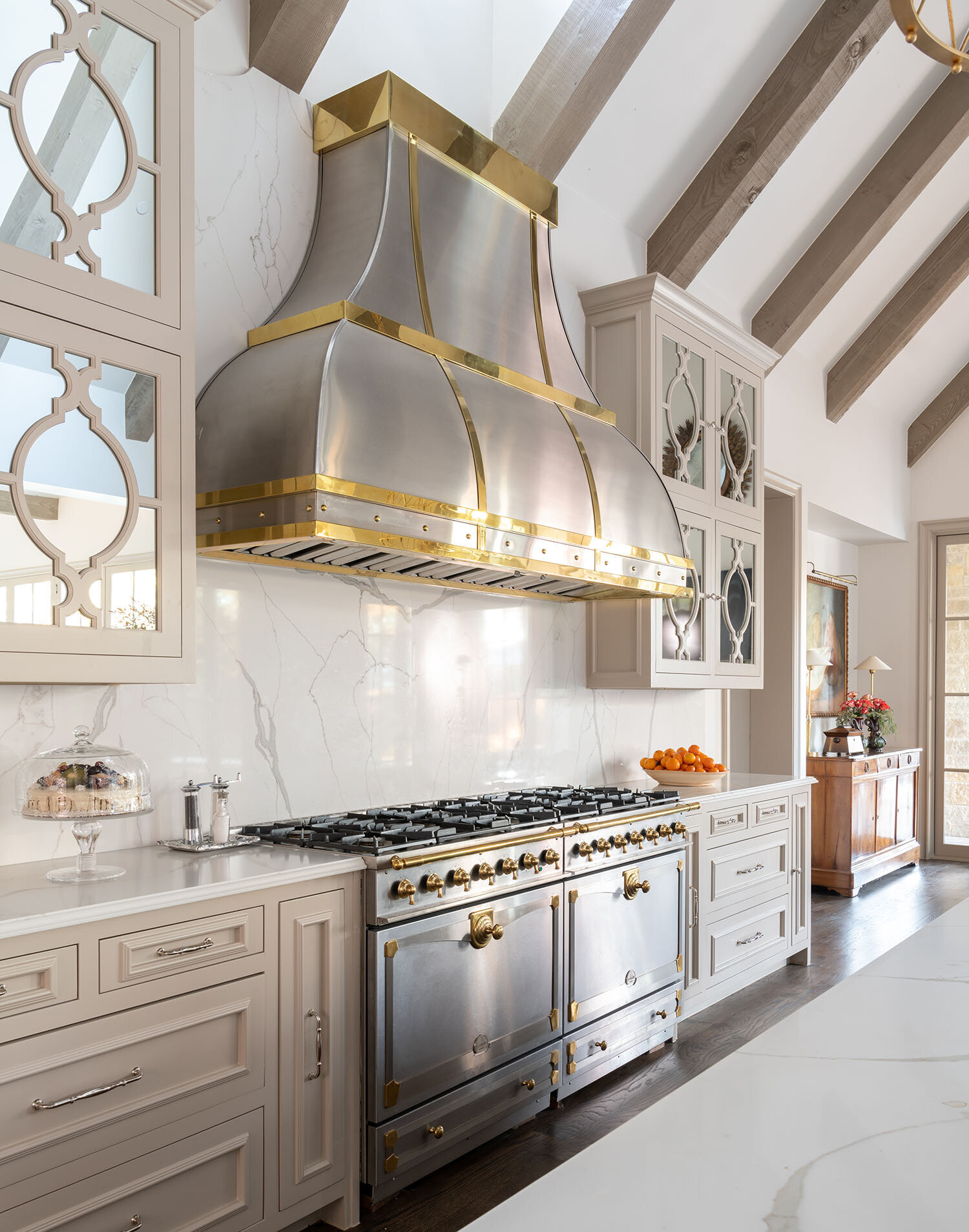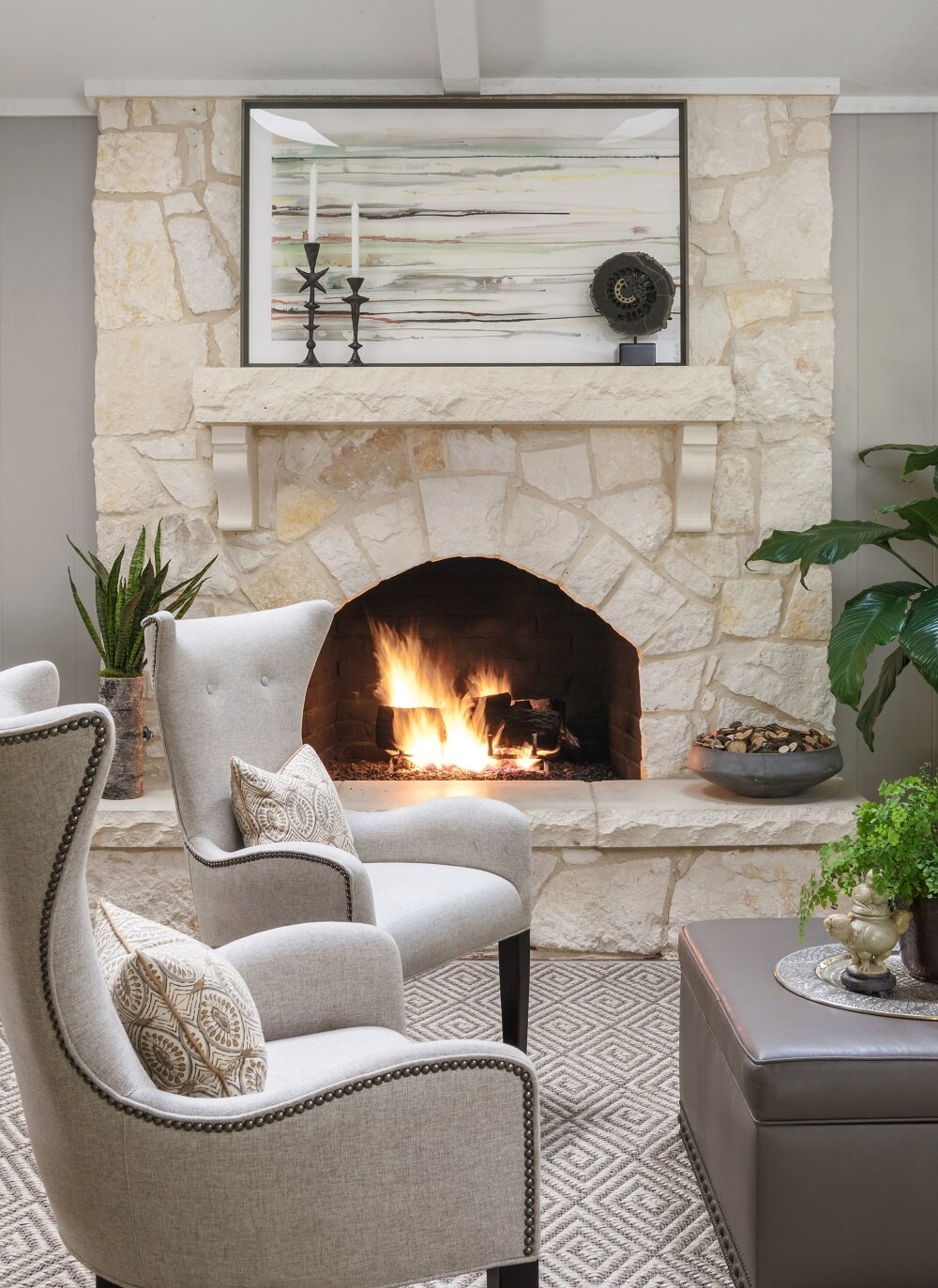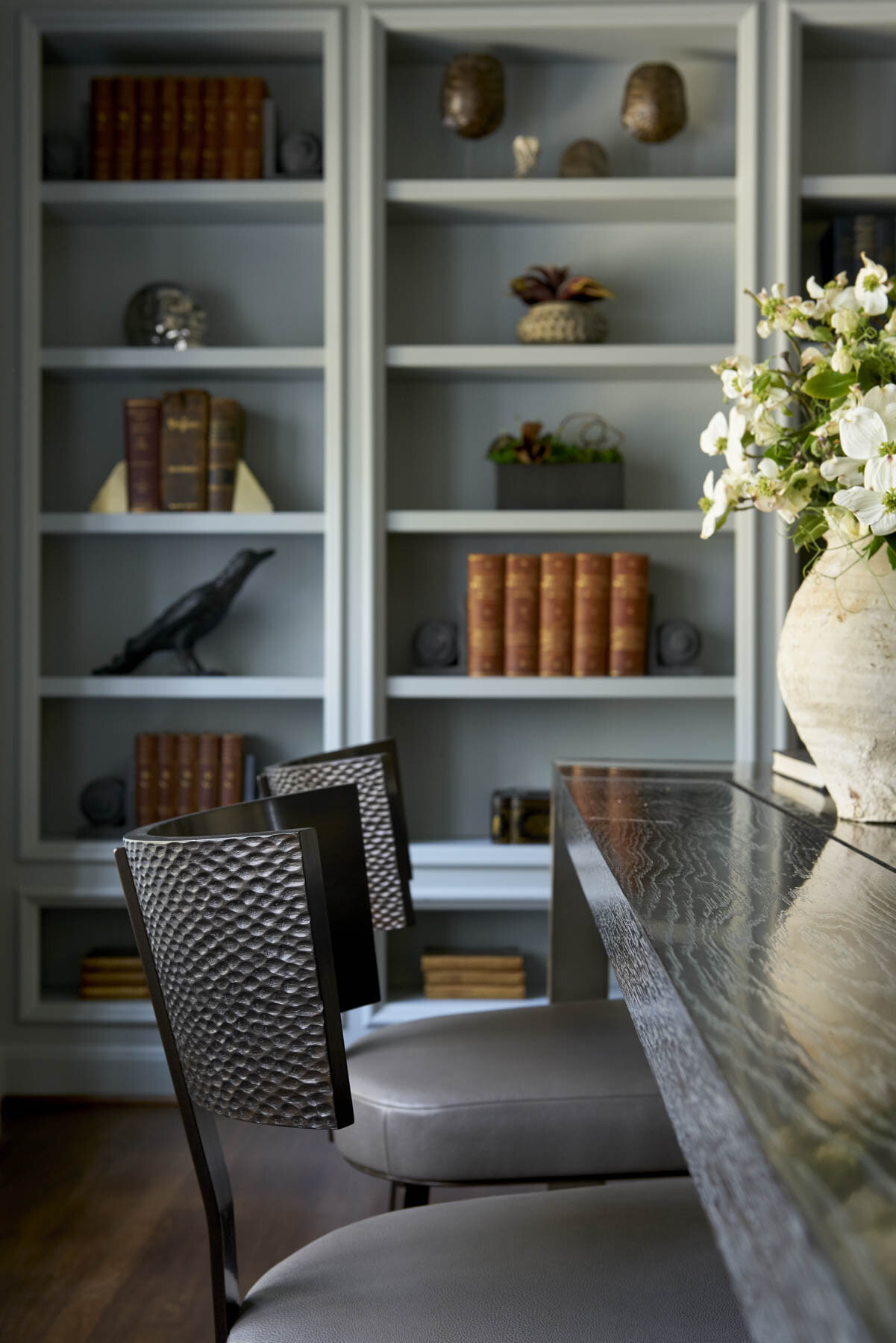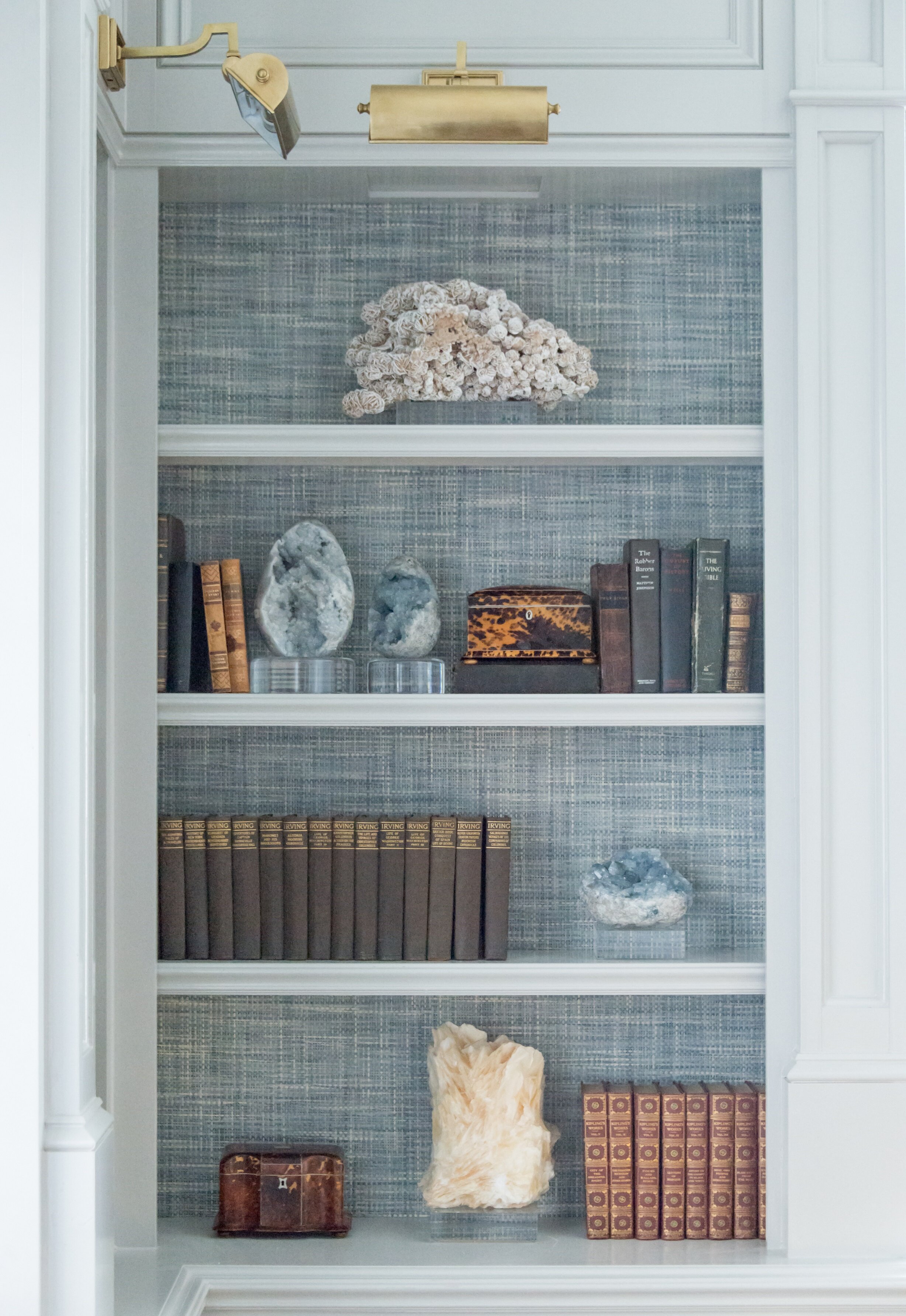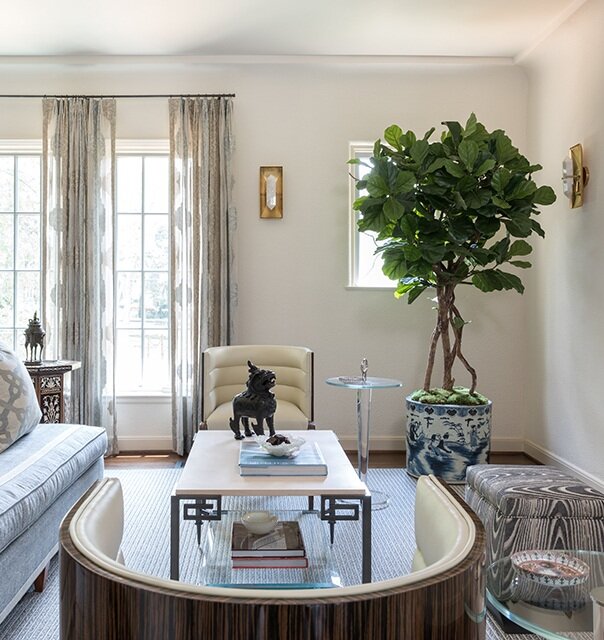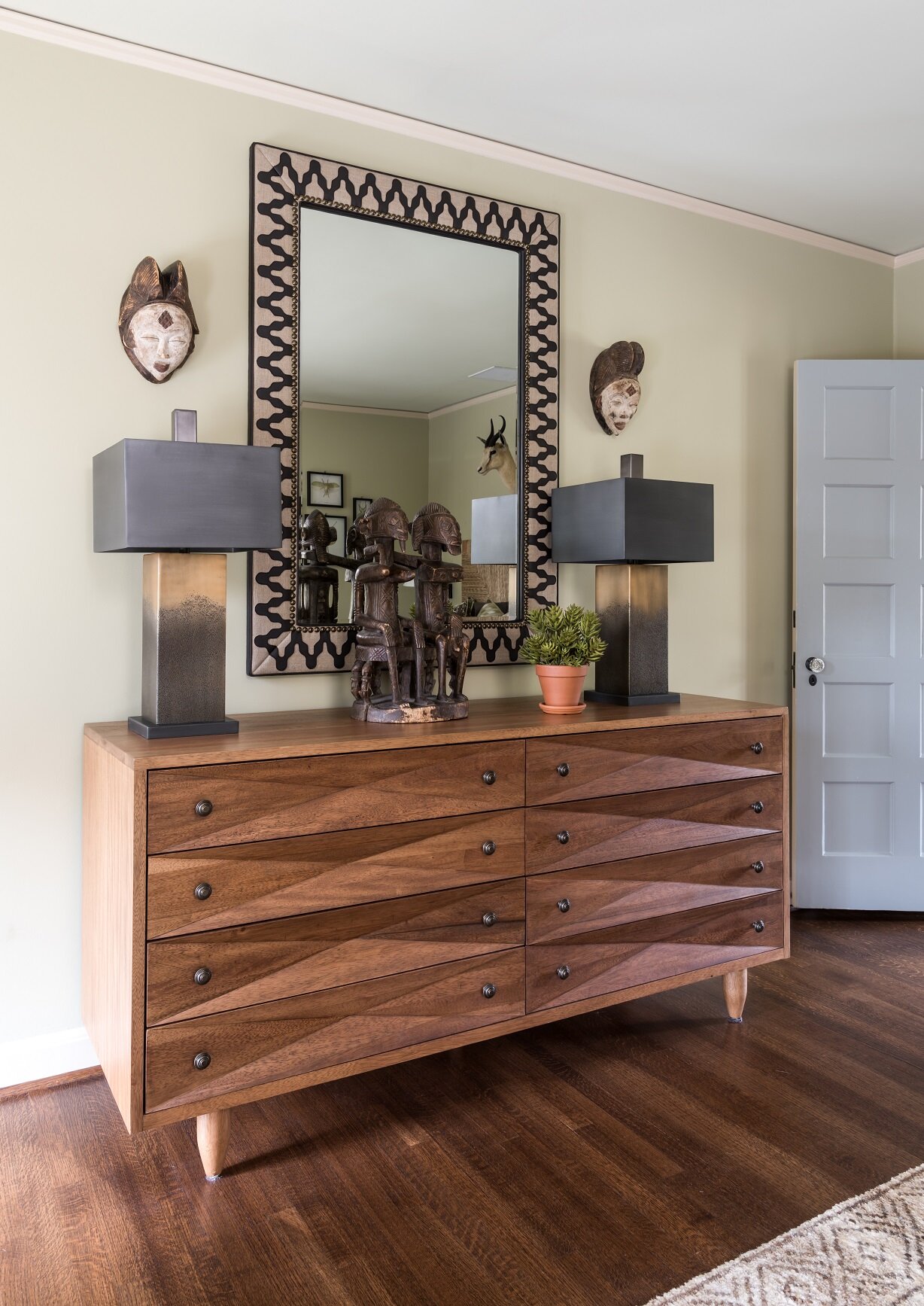The neutral colors and orange accents in this modern Dallas home complement the light wood floors.
In my last design article, I discussed the different kinds of hardwood flooring available and the pros and cons of each. This follow-up article is aimed at homeowners who already have hardwood flooring but could use some help complementing it with the right décor. If you’ve ever wondered which wall paint colors go best with dark wood floors, which colors are best for light floors, or when to use rugs (and when not to), look no further: I’ll answer these questions and more here.
Start by Identifying Your Wood’s Color Tone
Ideally, the color scheme for a room should harmonize with the wood floor’s undertone color. Depending on its species or finish, wood can have tints of gray, red, orange, or yellow. Oak, for example, can be red or white (I personally prefer white oak because I think it makes a prettier brown). Pastel blue, cream, or apricot are good wall paint colors for a room with red oak floors. Meanwhile, charcoal gray or light gray are attractive wall colors for rooms with white oak floors.
How to Make Dark Wood Floors Shine
Grey paint, as seen here in the library of a Kessler Park home, is a good wall color to go with dark hardwood floors.
Rooms with dark wood floors need to have light walls to prevent the room from becoming too dark and cave-like. That said, this still leaves a wide variety of paint color options, from cream, to light gray, bronze, light blue, or pale green. Some people will also use painted furniture in light colors to create contrast against the dark floor. A more formal look can be achieved by using dark wood furniture that is a slightly lighter shade than the floors.
Incorporating plants is also a good idea: the bright greenery will really pop against the dark base. Natural light also reflects beautifully against the grain of dark-stained wood, so try to let in as much natural light as possible.
Tips for Working with Light Hardwood Floors
The best wall colors for rooms with light hardwood tend to be neutrals. Off-white will give the room an airy feel, cool gray will create an aura of relaxation, and warm gray will make the room seem cozy and inviting.
White furniture, a sandy brown rug, colorful accents, and gold or silver accessories are a winning combination for light hardwood floors. Some other area rug colors to consider are earth tones, burgundy, and peach. For the furnishings, you could go with grey or black furniture.
Almost every home with hardwood floors should use rugs.
A Word About Area Rugs
Area rugs are almost always a must for hardwood floors. They protect your floors from daily wear and tear while also softening footfalls. If you have wood furniture that is similar in color or tone to your wood floors, you can use a contrasting rug to create a buffer between them so that they don’t blend together.
Parquet floors are one of the only types of hardwood floors that I wouldn’t recommend using rugs on. Sometimes, the inlaid wood pattern is so busy that it would be overwhelming to break it up even further with rugs.
If your home has wood floors, don’t use all wood furniture. You can introduce more variety by including upholstery and pieces made of glass or metal.
Don’t Forget to Mix Up Materials
Though hardwood floors can complement other woods in the same color family, you’ll also need to mix things up by incorporating other materials in the room. Woven fabrics, leather, metal, and upholstery introduce an appealing variety of textures in a room.
As an example, rich brown hardwood goes well with organic materials, such as a natural stone fireplace. If your wood floor has a bright sheen, you can add some softness into the room with upholstered, curvaceous furniture. Metallics and glass will bring a sleek touch to a modern or contemporary home with white oak floors.
Hardwood is the most sought-after kind of flooring, so if you have it, you’ll naturally want to show it off. By harmonizing your hardwood floors with the right paint colors, furnishings, and fabrics, the process becomes much easier. Those who still find the prospect intimidating would do well to work with a designer.
An experienced designer like myself can take one look at a room with hardwood floors and know exactly which colors and style of furnishings will work best with it and its architecture. If you'd like to work with Chambers Interiors, give us a call at 214-651-7665 or send an email to info@chambersinteriors.com.


